Australian arts icon Lex Marinos chose voluntary assisted dying. His family explains why
One of Australia’s great men of the arts chose to undertake voluntary assisted dying, his final days spent at home surrounded by loved ones. His family take us through their journey.
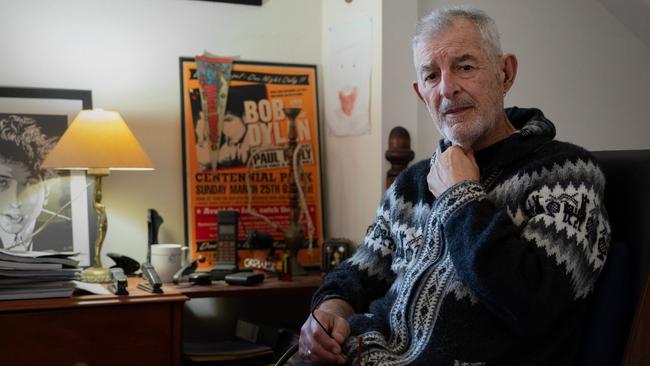
They are down to the final minutes. The last goodbyes. And even then the humour that had glinted behind Lex Marinos’ eyes for a lifetime refuses to dull.
“We took turns lying with him. He spoke quietly to each of his children in turn,” his wife Anne says. “I was the last to lie with him. I came close, bending to his ear. ‘Oh my darling, this was not in our plans,’ I whispered. And he said ‘You should have read the fine print’.”
Like the eyes, the love shines through to the last. Then the hardest part. Anne mixes the concoction in the kit provided, just as she and Lex have practised.
Bob Dylan is playing in the background. Forever Young. She hands the small cup to him. He drinks without hesitation.
“We were all in the room, his family,” Anne says. “In the house where we’d shared so much. We all said ‘I love you’ as he drifted out of consciousness. He held up his thumb and said “I got that, I got that.”
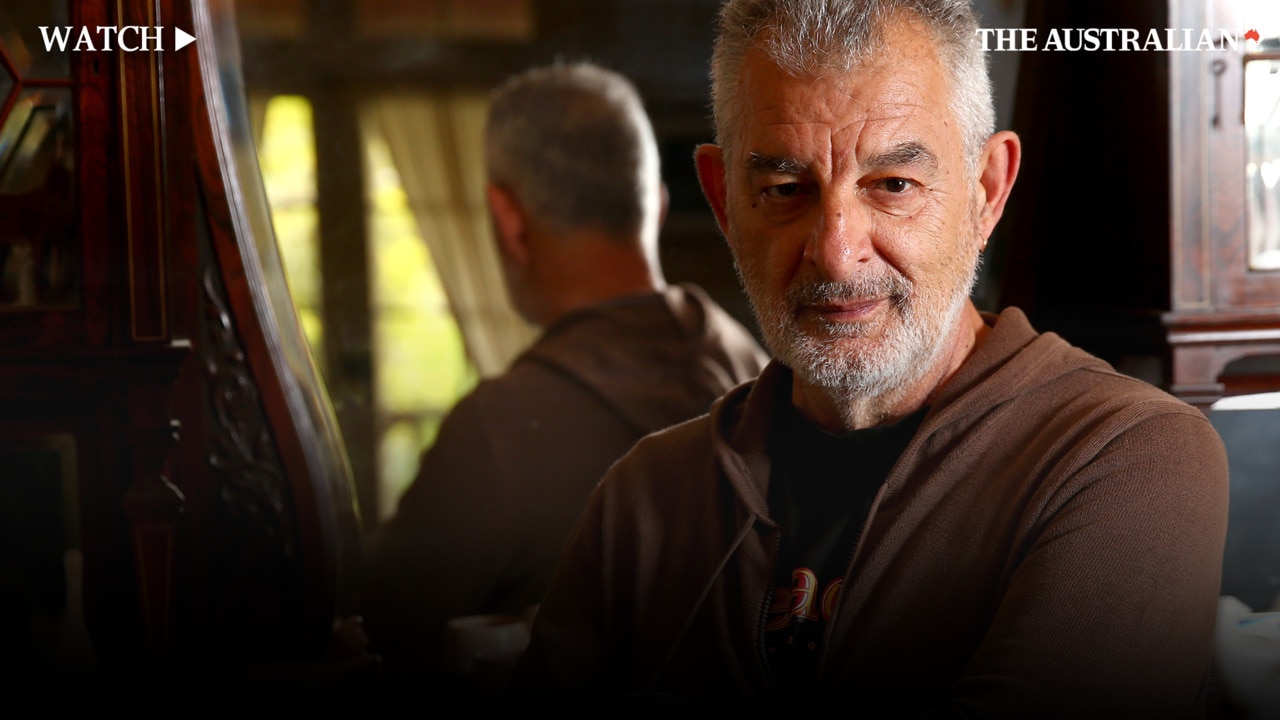
In a five-decade career on stage and screen and behind the curtain, camera and microphone, Lex Marinos was one of the most recognisable, and accomplished, members of Australia’s arts scene.
Born and raised in Wagga Wagga, he was also a champion of a multicultural and diverse Australia and its representation in the arts.
Those of a certain age will remember him as Bruno, the Italian son-in-law of Ted Bullpitt in the 1980s television show Kingswood Country. In more recent times many will recall his wonderful performance as Manolis in the 2011 adaptation of Christos Tsiolkas’ The Slap.
There was much, much more. Writing, theatre roles, director of parts of the Bodyline series, a radio presenter starting on 2JJ and appearing across the ABC and commercial stations as a sports presenter, which scratched his sports-tragic itch.
Lex was known for having an encyclopaedic knowledge of sports statistics, from his favourite cricket, through soccer, AFL and the Olympics. He gave back as a teacher of young actors, as a mentor, and for a time serving as deputy chair of the Australia Council, the nation’s peak arts funding and advisory body.
Stricken with stage-four lung cancer diagnosed earlier this year, Lex died on September 13, aged 75. His heartbroken family publicly announced the news the next day on social media, a clue in their words. “Lex passed away peacefully on Friday morning. He died at home, at a moment of his choosing.”
Lex had opted for Voluntary Assisted Dying, a procedure now available in all states, though relatively new to his home state of NSW. He is arguably the highest-profile figure in Australia to have taken this step.
Anne, 73, and two of his children Sophia, 43, and Van, 41, have generously let The Australian into their lives to describe the process and those final hours, with the consent of other family members.
They have done so knowing Lex was a longtime advocate of euthanasia, as it was known then, or VAD now. But they also stress that they speak only to their own experience, and encourage others in similar situations to consult their own medical practitioners.
The home where Lex lived, and died
We meet at Lex and Anne’s Sydney suburban home. The art on the walls is interspersed with children’s crayon drawings on paper. The back veranda is stacked with games and kids’ bikes of varying sizes, a grandchild’s haven. Papou and Yiayia’s place.
It is here, to the family house of 40-plus years, that Lex insisted on coming home from hospital to die.
On the dining table are scrapbooks with yellowing clippings of his career over the decades, the grieving and reminiscing not done with yet.
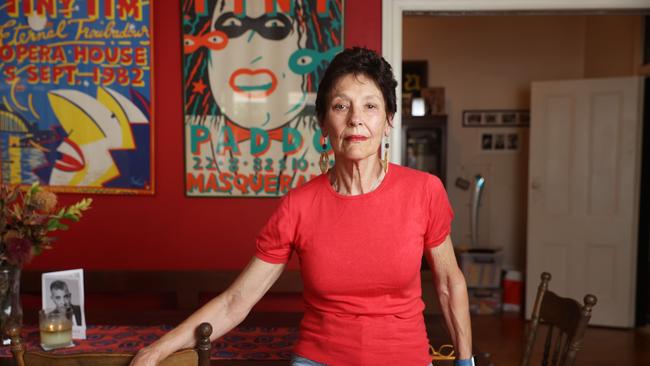
Sitting on a cherry-red lounge chair in a conversation nook by the kitchen, Anne recalls how the couple got together.
“It was 1977 and we met during the rehearsals of a play called Wild Oats. Lex was playing the fool and I was playing the ingenue. We were both married at the time and both had a child each from our marriages.
“He says he couldn’t take his eyes off me. He wooed me on stage and wooed me off stage. He wooed me behind the curtains and under the stage. Wild oats,” she says with a gleam still in her eye.
Lex was born in Wagga Wagga and lived there until he was 13. His grandparents owned a Greek cafe. Anne said Wagga shaped him for life.
“He was the boy from the Greek cafe, so in order to be accepted you had to be funny and play sport,” she says. “It was where he found those two lifelong passions.”
Lex was originally planning on a career in architecture, but at the University of NSW changed course and began studying drama. He graduated with honours and started teaching at the university’s drama department before committing to performing full time.
Lex’s acting career took off in 1980 with his casting as Bruno Bertolucci opposite Ross Higgins’ irascible, and let’s face it, downright racist Ted Bullpitt in Kingswood Country. The show, in which Ted cared more for his beloved car, the Kingswood, than his family, ran for four years and 89 episodes, winning best comedy Logies in 1982 and 1983.
Its broad humour was largely generated through Ted’s conflict with his progressive children, and son-in-law Bruno, who he would regularly refer to as “that bloody wog”.
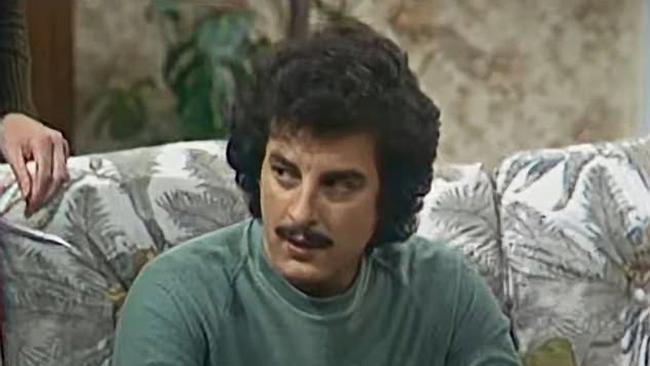
Anne says while Lex wasn’t especially fond of his most famous role, he had fought hard at the time to ensure the Bruno character was born in Australia and had an Australian accent, not the Italian accent the producers first envisaged.
“He said to them I was born here in Australia, so why would you want me to speak like the greengrocer down at the corner shop,” Anne says.
Lex was perhaps most proud of his work with Indigenous and marginalised communities through non-profit organisation Big hArt, along with daughter Sophia, Anne says.
Lex and Anne had a “yours, mine and ours” situation with their children. Lex had a son, Andreas, and Anne a daughter, Roxanne, both from their previous marriages, before they got together and had Sophia, then Van.
Asked what sort of a father Lex was, Van says while his dad was often away at work, he still “completely idolised” him.
“As a boy I followed him everywhere, down to the wharf fishing at 4am or around the grounds with the ABC up to North Sydney Oval. And I was sitting there next to him while he was calling the (North Sydney Bears rugby league) matches, and in those moments he was just my dad.”
Van says they became even closer as his career started to throttle back in favour of family; best mates to the end is how he describes it. “We would just sit around and talk, often about sports, but about other things too. He was an encyclopaedia, with stats at hand about cricket averages and Olympic records and all sorts of things.”
Sophia remembers her father shaping her, and her career, from an early age. “I felt we were similar in many ways,” she says. “As a teenager I really admired what he was doing in terms of advocating for diversity on stages and screens and for the representation of multicultural Australia, for us to see ourselves in the arts and media space.”
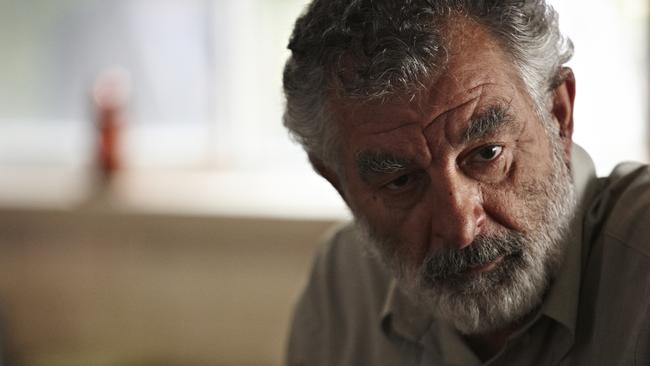
Both say he came into his own as “papou”, always the first to volunteer to babysit. Sophia has two girls and Van three young children. “He was so playful and young at heart and kind and caring and present,” Van says.
The final months
Lex had been diagnosed with leukaemia in the mid-2000s, but had seemed to make a full recovery. Then late last year during a trip to Scotland with Anne, he had trouble walking any distance, his lungs feeling like they were filling with fluid.
Further diagnoses back home revealed stage-four lung cancer. Treatment including chemotherapy had seemingly helped Lex to the point where a family trip to Greece was being planned for the summer. But a relapse saw him back in hospital, with more tests revealing the cancer had spread to his other lung.
During these months Lex had openly talked to his family and his medical team about taking up the option of VAD, which had come into force in NSW in November last year.
“He had a long-held belief that one should not suffer. If the subject of euthanasia came up he would say I really believe that’s something we should all have available to us,” Anne says.
Van is blunter. “When you’d see someone who was … really suffering later in life and not being able to make a choice, he’d say, and sometimes it was quite graphic, if I ever get to that stage, smash my head between a couple of bricks.” Yes, Sophie recalls, “put a pillow over my head.”
But as he quickly became sicker and sicker, the idea started to move from abstract to reality, with Lex using a family meeting with his oncologist to make it clear that he wanted to take up the option if it came to it.
“It was confronting because suddenly we were talking about his death in really real terms,” Sophia said.
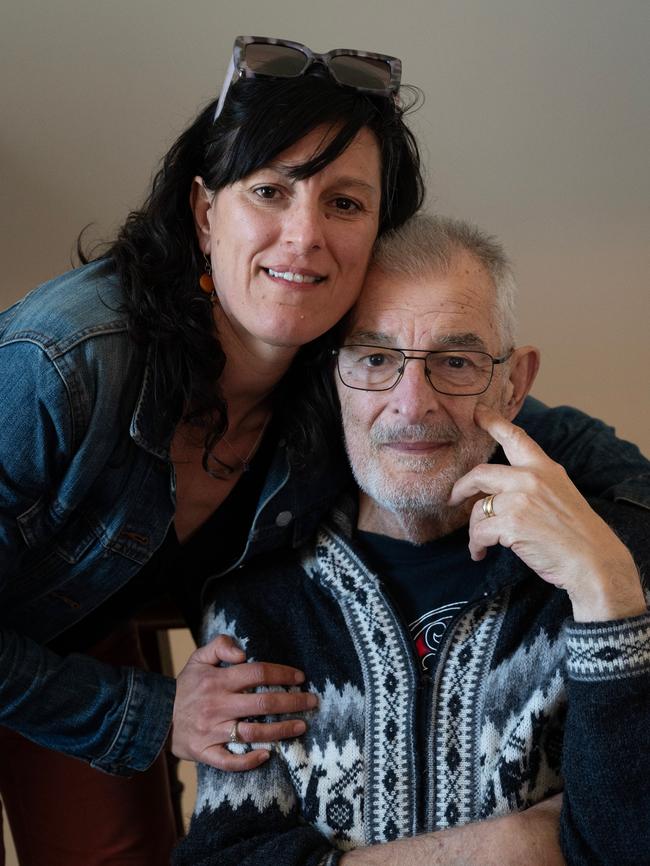
“I know that he was like ‘Wow, this (VAD option) only just came in a year ago and I can take advantage of it.’ So it wasn’t a surprise but it was one of those gut-punch moments for all of us. Suddenly we’re talking about his death rather than trying to save him.
“The fact he was unwavering in his decision, so strong in his position, made it easier for us to totally support him with it,” she says.
Van agrees.
“We were all on board. As traumatic as it was to admit, to see how he was physically declining, how he was suffering and how we were suffering, it was really destroying.
“He didn’t have any more than a couple of weeks. It made it a lot easier for me to deal with because he made the decision and was so confident that was the way he wanted to do it,” he says.
But of course it isn’t as simple as just deciding you want to die. There are strict criteria, and an application process. The VAD laws in terms of eligibility around the country are similar, but differ slightly in each state.
In Lex’s case in NSW, he must have been diagnosed with a disease, illness or medical condition that is advanced, progressive and will cause death within six to 12 months. It must be causing suffering that cannot be relieved in a manner the person finds tolerable.
One of the major differences is that in Victoria and South Australia, medical professionals aren’t legally allowed to bring up the option of VAD with their patient. The patient has to raise it first. This was not the case in NSW, but in any event Lex had put it on the table with his medical team.
Another requirement is that the person must have decision-making capacity to actually go through with it. This is one of the difficult areas of VAD. There can be a small time window between a person deciding they wish to undertake the process and them losing their mental faculties and becoming unable to get past this legal requirement.
Dying in a place of one’s choosing, most often at home, is something many who opt for VAD appreciate. Preliminary studies in Australia have shown a far higher proportion of people using VAD to die at home compared with the rest of the population.
The final days
In September as Lex lay in hospital getting sicker, on oxygen and facing an ongoing barrage of interventions and tests, he decided it was time.
“When it was clear the cancer had moved into his other lung, we were at the stage of palliative care,” Anne says. “This was when Lex wanted to get the ball rolling for VAD.
“He said he’d like access to it, not for there and then, but to have it ready if needed. He knew he was going to die and it wasn’t going to be easy.
“At that stage he decided to leave hospital. He said, ‘What’s the point of me sitting in here night after night waiting to die, getting more and more pin pricks?’”
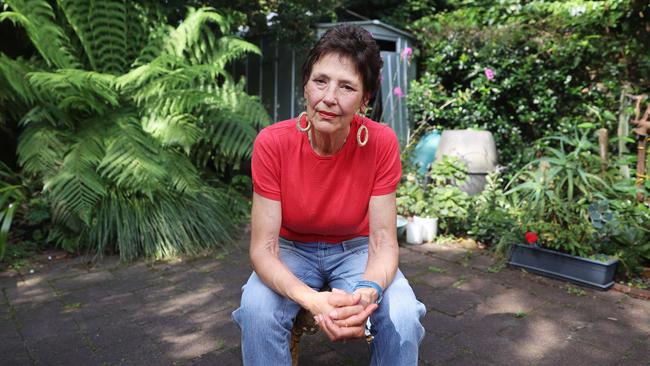
With the hospital’s help Lex came home, albeit attached to an oxygen tank, the tubes up his nose.
Anne says it was clear at that stage things were moving fast. “His legs filled with fluid, his breathing was laboured even with the extra oxygen, and he couldn’t eat.”
His application for VAD was approved the day he came home, and an administration team came to the house to deliver the kit with the drugs and take them through the process.
“We sat on the couch. We rehearsed me mixing it in front of them. Lex had to show them he could drink 30mls on his own. He also had to confirm to them he knew what would happen if he drank the mixture. ‘I will die, I will die,’ he said.”
At that point the team gave Anne a locked box with the drugs inside, ready to be used when Lex reached that point. They put the box in the pantry and gave Anne the key.
Given Lex had shown he was capable of drinking the concoction unaided, there would be no need to have a medical practitioner present when the time came, though Anne said the administration team had made it clear they were on call for any situation that may arise.
Lex had taken to the downstairs front bedroom of the house, the one used whenever family or friends came to visit, as he was physically incapable of making it up the stairs to the bedroom he’d shared for decades with Anne.
The day before he died he spent time with some of his closest friends, everyone understanding it would be for the last time.
“There was love everywhere. They talked about plans for Christmas, about a project being done by his friends putting together a book about milk bars around Australia; simple, familiar things,” Anne says.
The final hours
The night before he dies, Lex deteriorates quickly.
“It was heartbreaking. I couldn’t get him to the toilet with all the tubes surrounding him. It was just horrible,” Anne says.
“Finally at 4am after neither of us had slept he said ‘I want it now’. I said we need to wait for the family to be here. I gave him some morphine and his breathing cleared a little. I rang the kids and said get here now.”
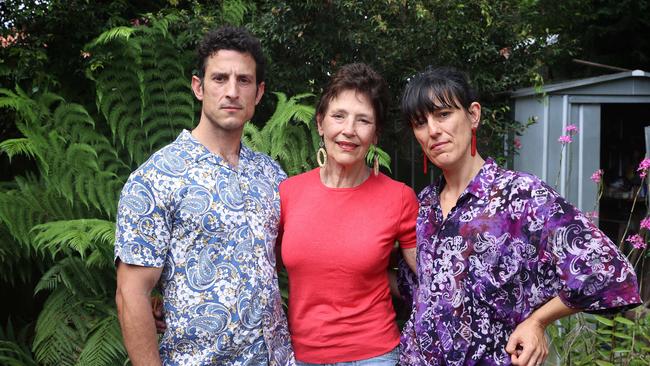
The families scramble. They arrive before 5am. With nine adults including all four of Lex and Anne’s children, seven grandchildren and two dogs in the house, it seems appropriately full.
Candles are lit, family photos ready to pore over, a playlist carefully curated in the lead-up now filling the house. Emmylou Harris, Dylan, Springsteen, Paul Kelly, Van Morrison, Jackson Browne.
For the next three hours Lex speaks to his children and grandchildren. “He told them how much he loved them and how proud he was of them,” Anne says. He asked them to be strong. He told them to find a purpose in life, to find something you love doing and do that. He really wanted this moment.”
Van says even in those final hours there are funny moments. “I asked my four-year-old son to come say goodbye to Papou, so he ran into the room, said “Bye Papou” and raced back out to play with his cousins.”
Sophia says it is like being in a liminal space. “We knew what was coming. He was peaceful. We all had our own conversations. We held his hand.
“I’m so glad it was at the house, even though we had to push hard for that to happen. It couldn’t have been anywhere else. It’s been the family home for 40 years, where we always return to when we’ve been away and come back home.”
At 7.30am Anne takes the little key, opens the box and sets the VAD time clock in motion.
Lex first takes a pill to prevent nausea. Anne mixes the 30mls of liquid that Lex will drink. The instructions say to wait 30 minutes from taking the pill to drinking the mixture.
This seems a moment of great moral courage, for both Lex and Anne. Anne bats away a question about whether she feels courageous in that moment.
“He was courageous. He was absolutely courageous. I felt strong (because) I knew this was what he wanted and I was the bearer of that.”
At 8am Lex drinks, without hesitation, and within five minutes he is drifting away. Dylan’s Forever Young is playing. The “I love you’s” are said. Half in and out of consciousness Lex acknowledges his family with one final effort. Thumb raised toward them, he says “I got that, I got that.”
“He lived a fabulous life, he would say,” Anne says. “And it was a wonderful life. But it was time for him to go. We didn’t want him to die but his body was not giving him that option.”
In the quiet aftermath, with Lex gone in spirit but not in body, the family continues to share the moment with him. The moment becomes hours.
“There were reflections, individually and collectively,” Anne says. “There was lots of quiet time. We would disappear one by one and just go and lie with him for a while. We all had our individual time with him after he’d gone.
“We had breakfast. There was tea, croissants, tears and laughter. The kids played basketball in the backyard. We started to think about his memorial.”
A last word
The Marinos family hastens to say this was their own experience of VAD. All families, and all circumstances, are different. And VAD laws differ somewhat depending where you are in Australia.
What they will say is that they are happy Lex had the opportunity to use the law, allowing him, as Sophia says, to “die with dignity”.
“Death is often uncontrollable, ugly and painful. Our memories of dad’s death are painful sure, but they’re also beautiful.”
Anne says if someone asked for her advice on VAD she would simply tell them her family’s own story.
“At a time when your most-loved person in the world is suffering, crying out for help, wanting to go, why would you not want to help him through that greatest difficulty?
“To say goodbye to him in that way, with the most important people in the world surrounding you, at home, to die peacefully, to die with everybody saying ‘we love you, we love you, we’re with you’. I think it’s a sign of a caring and just society.”



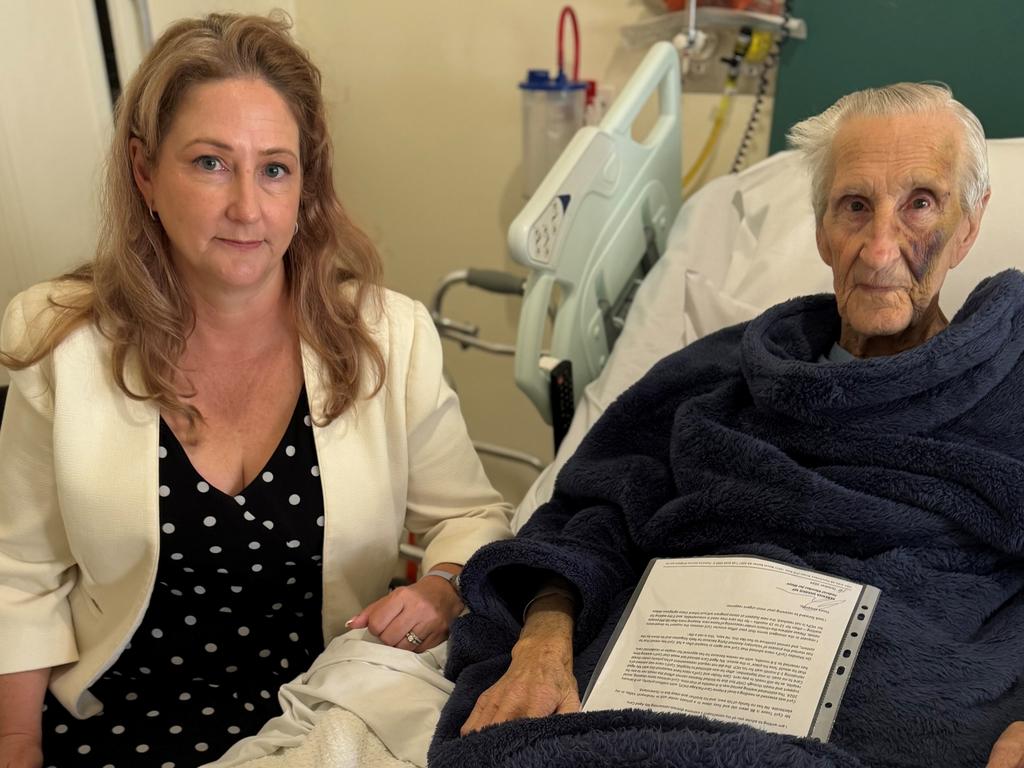
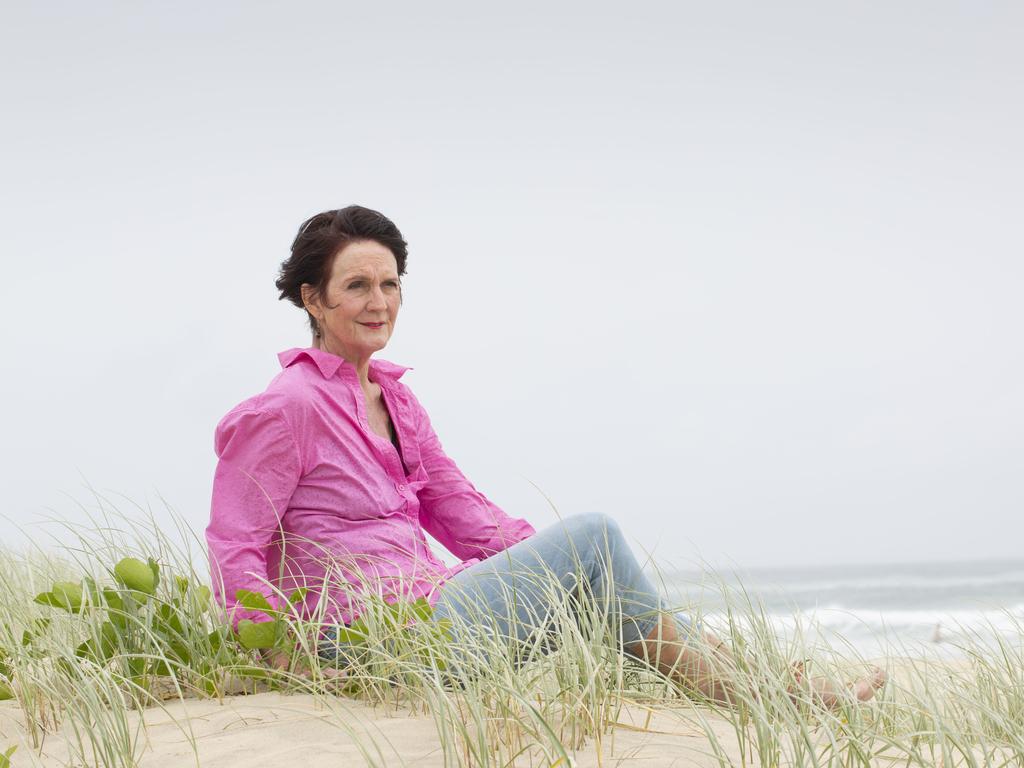
To join the conversation, please log in. Don't have an account? Register
Join the conversation, you are commenting as Logout